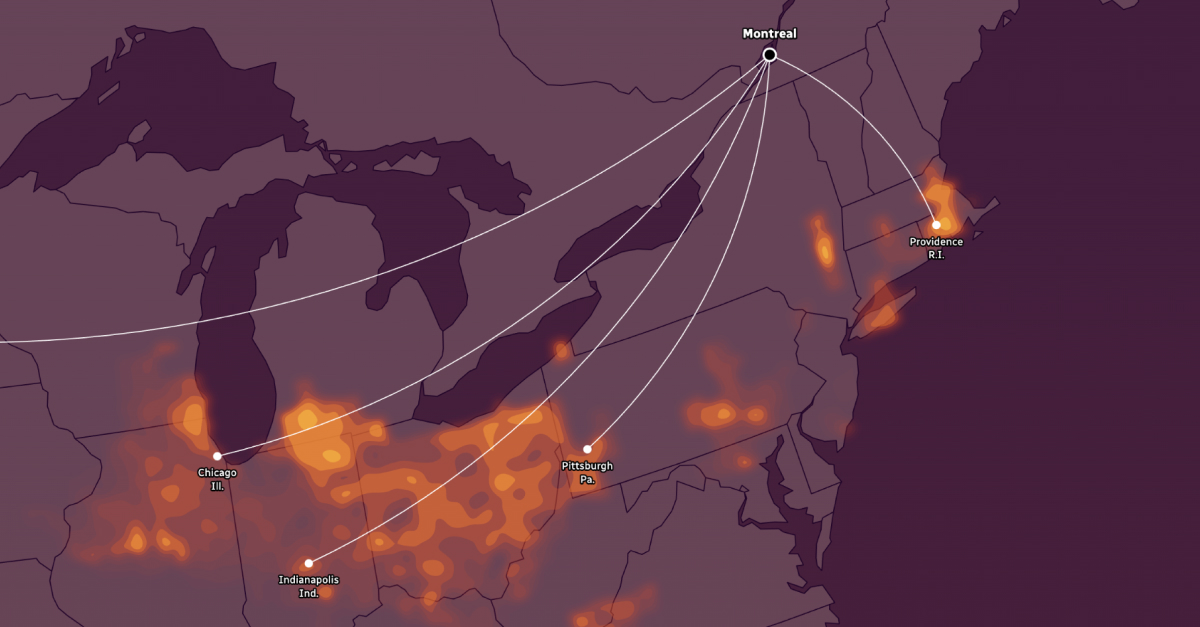See what summer in your city could feel like by the end of the century

Climate change is a pressing issue that is affecting countries all around the world, including Canada. As temperatures rise and extreme weather events become more frequent, it is essential for Canadians to understand how their climate is changing and how they can adapt to these new challenges.
One way to visualize the impact of climate change is through climate analogs. When Danny Blair, a geography professor at the University of Winnipeg, presents climate analogs, it helps people understand how projections translate into real places. These analogs also provide an opportunity for Canadians to learn from others who are already dealing with the impacts of a changing climate.
Christopher McCray, a climate scientist at Ouranos, emphasizes the importance of using climate analogs as adaptation tools. By studying how other regions are coping with their current climate, cities like Montreal and Toronto can better prepare for the climate they are projected to have in the future. This includes understanding what infrastructure is needed to handle more frequent and intense extreme weather events.
However, Canada is a vast country with diverse landscapes, and the CBC News analysis may not capture all the nuances of its future climate. Factors such as elevation, geography, and proximity to large water bodies also play a role in shaping local climate experiences.
Despite these challenges, scientists agree that some general trends can be drawn. In the Prairies, winters are getting warmer, leading to a longer growing season but also potential issues with water availability. In southern Ontario and Quebec, heavy rainfall events are becoming more frequent and intense, causing urban flooding and infrastructure challenges.
To address these climate challenges, Canadians must adapt and prepare for the changing climate. It is crucial to live smarter and invest in infrastructure that can withstand the impacts of climate change. Additionally, reducing greenhouse gas emissions is essential in mitigating the effects of climate change. Every ton of CO2 not emitted into the atmosphere can help reduce warming and its associated impacts.
The methodology behind these climate projections is based on the CMIP6 scenarios, which take into account various factors such as population growth, socio-economic conditions, and climate policy. The analysis focuses on Canadian cities with a population of 50,000 or greater, providing valuable insights into how different emissions scenarios can impact their future climate.
In conclusion, understanding and preparing for the impacts of climate change is crucial for Canadians. By using climate analogs and data-driven projections, cities and communities can better adapt to the changing climate and build a more sustainable future for generations to come.




